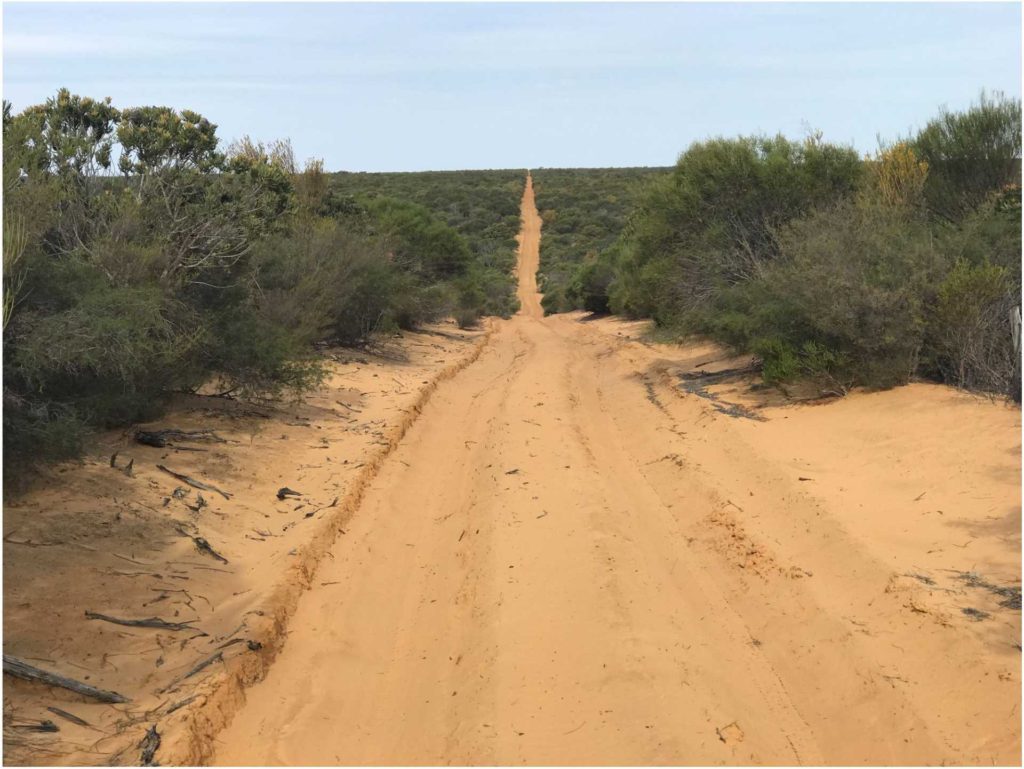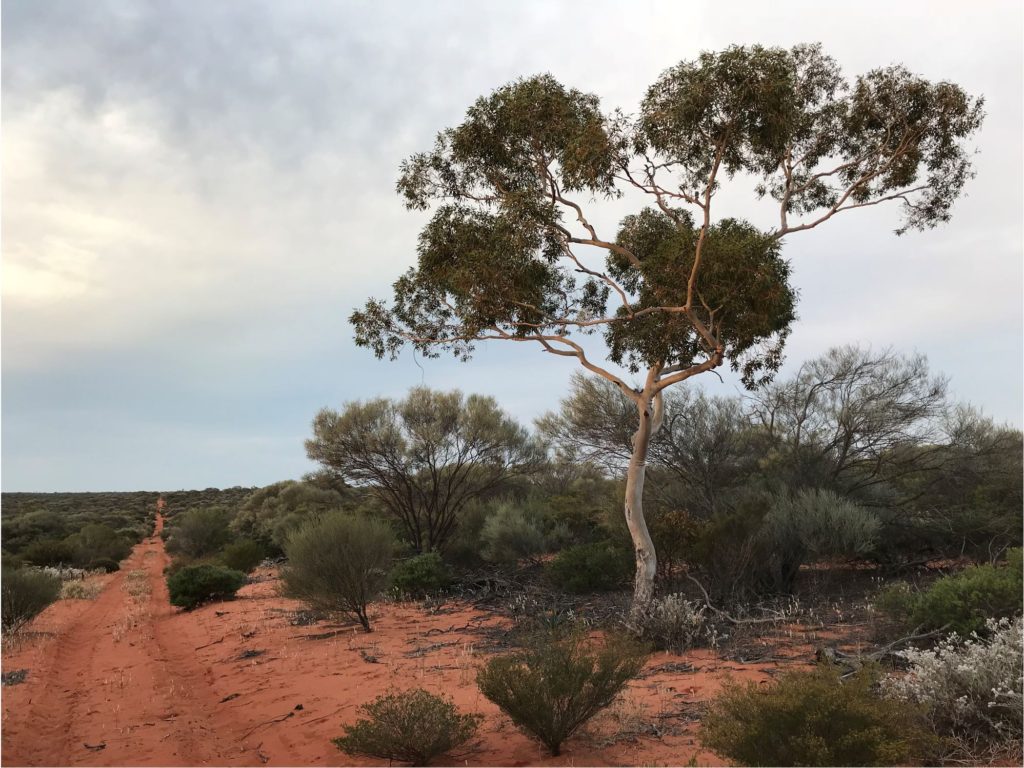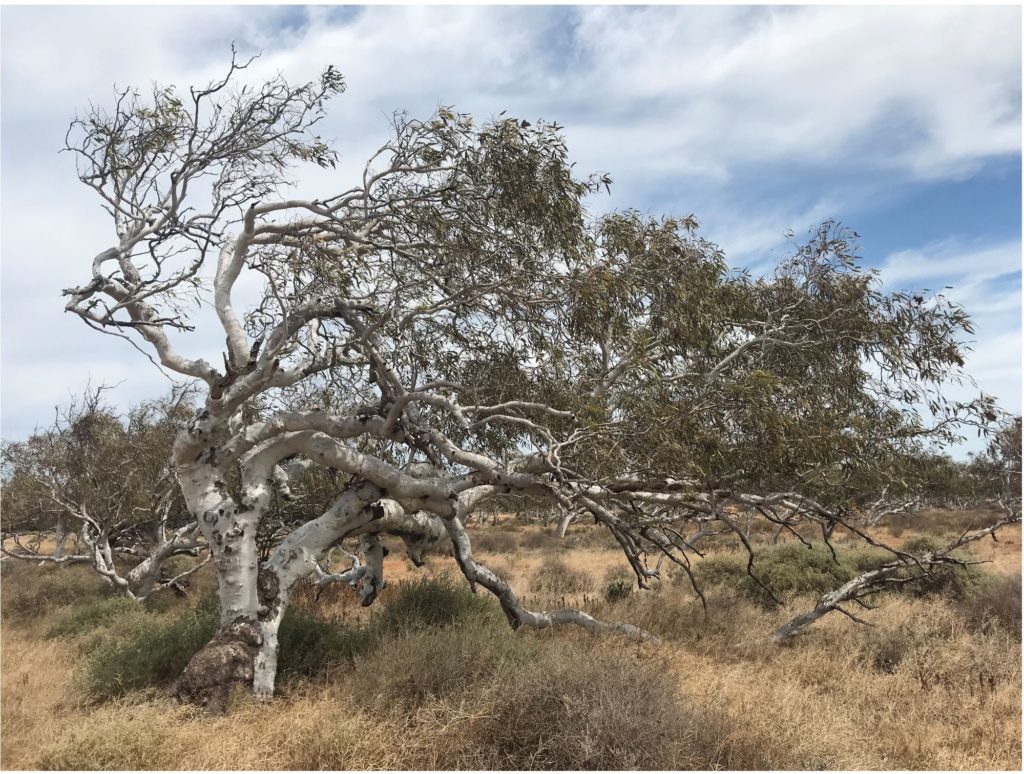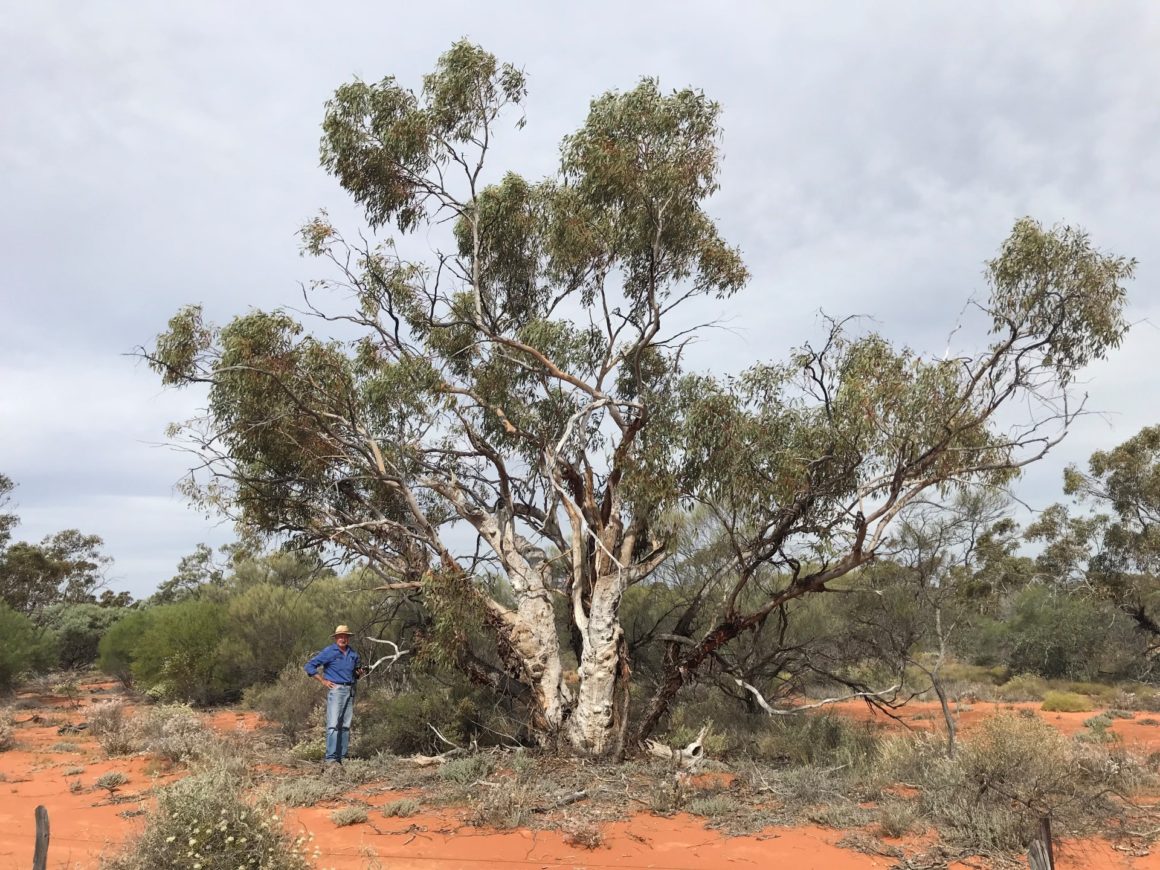Did you know there are about 900 species of eucalypts on the planet, almost all of them exclusive to Australia? With so many of these iconic and majestic species of ‘eucs’ located on the eastern side of the continent (where the vast majority of the country’s population also resides) it’s no wonder that these are better known, while the species on the western side are not so familiar. These lesser-known eucs become even less-known if you head bush – further and further away from the major urban centres and popular tourist routes. Out there, you’ll encounter some of Australia’s least-known gum trees… but no less magnificent in their form, function and ‘fascinatingness’.

One such place, off the beaten track for many Australians, is Hamelin Station Reserve, which is firmly planted in the Outback – the western rangelands of Western Australia – almost as far west as you can possibly go in Australia without falling into the Indian Ocean. The Reserve is managed by Bush Heritage Australia and, it being one of my favourite volunteering destinations, I try to get out there at every possible opportunity. I recently found out that there are 15 species of eucalypts known to occur on (or near) the Reserve. My snippet of information came from eucalypt wiz Malcolm French – who I bumped into at the Reserve during the 2018 Hamelin Science Fair, where we were both presenting.
In his presentation, Malcolm waxed lyrical about all 15 of the species – all of which fit into the ‘lesser known category of eucs’ – enthralling the audience with a plethora of fascinating facts, figures, and anecdotes about the diversity of eucalypts that grow around the Reserve. One of these – Eucalyptus selachiana, a gorgeous specimen – has a very limited range, being endemic to the Reserve and adjacent stations.

All 15 of these rare species are interesting in one way or another – the size and shape of their fruit (E. oldfieldii); the intense colours of their flowers and fruit (E. erythrocorys); their restricted distribution adjacent to the Shark Bay World Heritage Area (E. roycei): their links to Western Australian history (E. baudiniana); their quirky flowering and seed-setting peculiarities (E. victrix); and so on.
Many of them are made all the more fascinating through having been first discovered and/or described by such Australian flora giants as Ferdinand von Meuller, John Beard, Ian Brooker, Charles Gardner, Stephen Hopper, and Laurie Johnson and Ken Hill.
‘Wouldn’t it be lovely to see all of these growing right here – in one place,’ Malcolm said at the Science Fair, and in so doing, planted the seeds for an exciting new project: establishing a eucalyptus arboretum in the Reserve’s homestead precinct.
With my love for eucalypts, and for eucalypt woodlands in particular, I jumped at the chance to help out, and teamed up with Malcolm to travel to Hamelin last November to get the ball rolling.
Upon our arrival at the reserve, we were joined by Reserve Manager Ken Judd and his wife, Michelle, before all four of us set off to find all of the resident (or near-resident) eucalypt species for propagation. It was an exciting and fruitful treasure hunt, as we searched high and low along back tracks and firebreaks, up and over sand dunes and ridges, and through thick bush for some of the species’ known locations.

After hundreds of kilometres of road and track, we managed to collect seed from all but one of the species. We handed the seeds over to a nursery in Geraldton where they’re being propagated and nursed into seedlings ready for the arboretum. We’ll be heading back to Hamelin sometime around May or June to join Ken and Michelle in site preparation, and to plant the precious seedlings. After that it will be a matter of watching and waiting for the plants to grow, to create a unique and special arboretum like none other on the planet. That will be special – providing a permanent celebration of the beauty and diversity of the eucalypts of the region, as well as a bonus attraction for visitors to the Reserve.
Malcolm recently published an article about our trip in his EucMedia newsletter, which includes lots of excellent photos from our trip and lots of other magnificent, yet relatively unknown, Western Australian eucs.
Check ‘em out… and vote for the lesser-known, but still mighty Red Tingle as this year’s Eucalypt of the Year.
Banner image courtesy of Richard McLellan


Leave a Reply